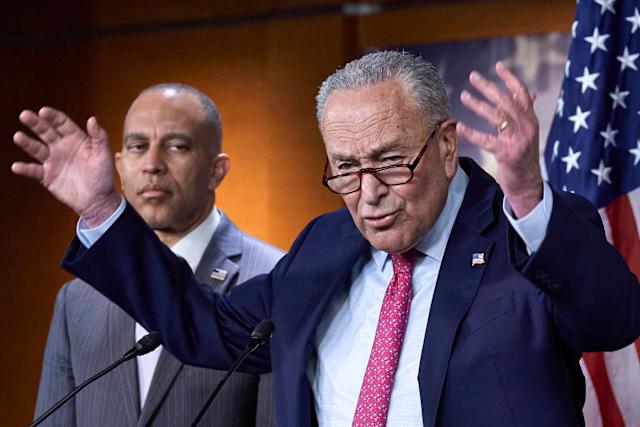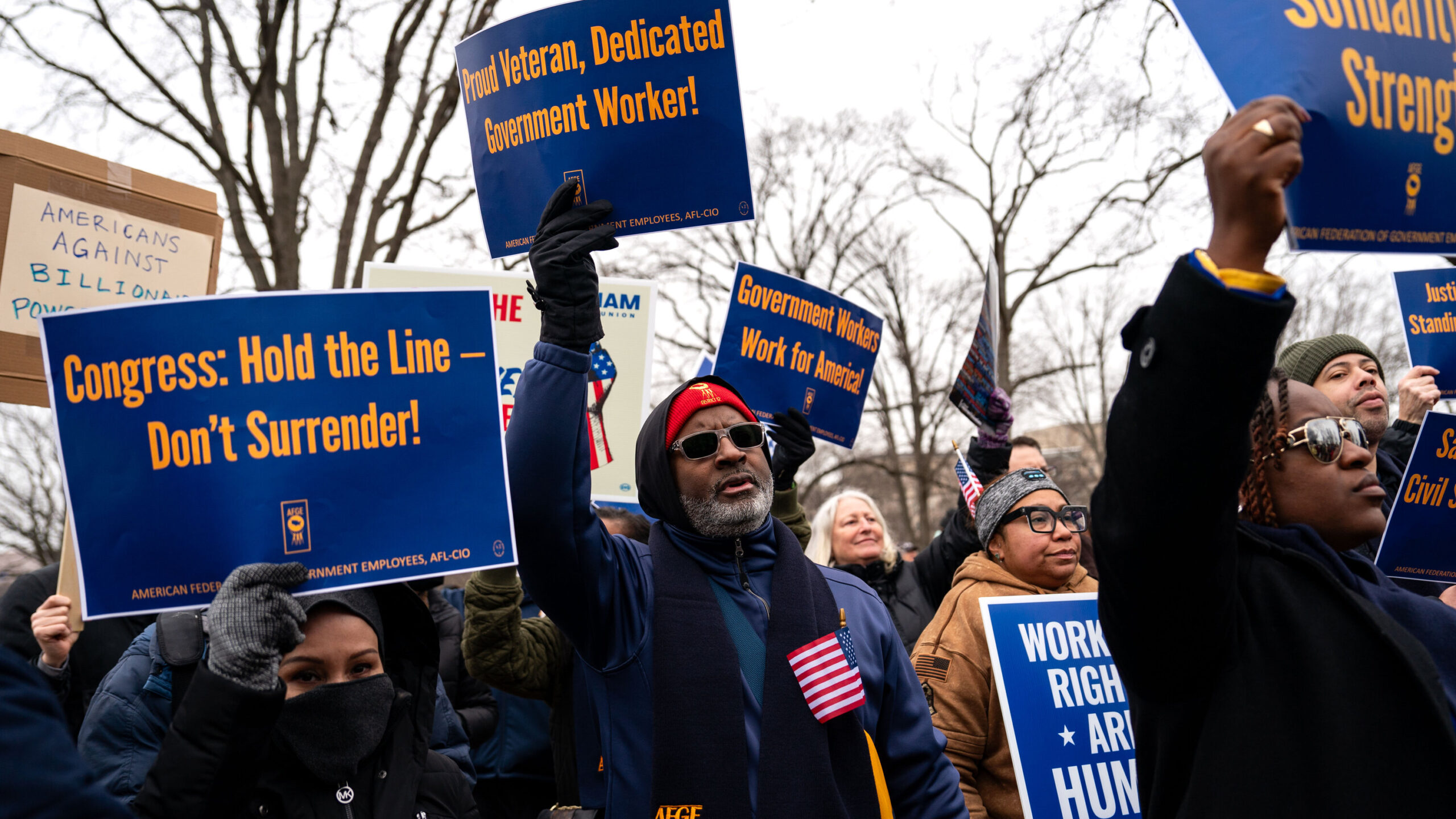Washington, D.C. – The United States could be on the verge of the largest mass resignation of Federal Workers in its history. U.S. Government More than 100,000 government workers are expected to step down on Tuesday under a controversial Trump administration program designed to shrink the size of the federal workforce.
This development comes as Congress struggles to meet a funding deadline to avoid a government shutdown. If lawmakers fail to pass a spending bill, large sections of the federal government could grind to a halt, leaving millions of Americans without access to critical public services.
The “Deferred Resignation Program”
At the center of this seismic shift is the Federal Workers Deferred Resignation Program, a policy that the administration argues will streamline government operations and save taxpayers up to $28 billion annually. The program encourages early retirements, voluntary resignations, and targeted layoffs, dramatically reducing the size of federal agencies.
Critics, however, describe it as a backdoor strategy to purge long-serving civil servants and weaken the stability of public institutions. According to union leaders, the program has fueled “months of fear, pressure, and job insecurity,” leaving many workers feeling as though their mission and sense of purpose in U.S. Government service has been stripped away.
One veteran worker described the mood among colleagues as “a funeral march,” saying employees who once believed they would serve the nation for decades are now walking away in despair.
Shutdown Deadline Looms
While the administration touts efficiency and cost savings, the timing of the resignations could not be worse. U.S. Government Congress faces a rapidly approaching deadline to pass a budget and prevent a shutdown for Federal Workers. If no deal is reached, federal offices will be forced to suspend operations, and millions of Americans may see disruptions in essential services such as Social Security processing, veterans’ benefits, passport applications, and food assistance programs.
The White House has instructed federal agencies to prepare for large-scale firings in addition to the wave of resignations and retirements. Estimates suggest as many as 275,000 Federal Workers could exit the federal workforce in the coming months, marking the steepest decline since World War II.
An Unprecedented Workforce Crisis
The scale of the potential loss is staggering. Never before in modern U.S. history have so many government employees resigned or retired en masse within such a short period. Analysts warn that the sudden vacuum of talent, expertise, and institutional memory could destabilize key government functions.
“Federal agencies are already stretched thin,” said a senior policy analyst in Washington. “Losing hundreds of thousands of experienced professionals will cripple the ability of the U.S. Government to respond to crises, deliver services, and maintain public trust.”
The administration argues the move will make government more efficient by eliminating what it describes as bloated bureaucracies. Supporters say private contractors and new hires can eventually fill the gaps at lower cost.
Unions, however, strongly disagree. They warn that the exodus will have catastrophic effects on ordinary Americans who depend on federal programs for healthcare, housing, food security, disaster relief, and more. “This is not just about jobs,” said one union spokesperson. “It’s about the future of American public service and the lives of millions who rely on it every day.”
Workers Caught in the Middle

For the Federal Workers themselves, the decision to Federal Workers resign is often agonizing. Many describe a deep sense of loss. For decades, U.S. Government service has been seen as a stable career path, one offering purpose, pensions, and the chance to contribute to the nation. Now, countless employees feel abandoned by the very institutions they dedicated their lives to.
“I thought I’d retire with dignity from this agency,” one mid-level manager said. “Instead, I’m walking away because I can’t handle the uncertainty anymore. It feels like the mission I believed in has been dismantled.”
What Happens Next?
The immediate question is whether Congress can avert a government shutdown. Lawmakers have only days left to strike a funding deal, and the outcome remains uncertain. If no agreement is reached, the resignations and firings could collide with a shutdown, creating a perfect storm of disruption.
Meanwhile, the Deferred Resignation Program is expected to continue in full force regardless of the budget outcome. By year’s end, the federal government could see a historic downsizing that reshapes the very foundation of American public service.
A Turning Point for Federal Service
Historians and policy experts agree that this moment marks a turning point. The post-World War II era saw steady growth in federal employment to meet the needs of a modern, complex society. Now, the United States may witness the sharpest reversal in living memory.
Whether this strategy ultimately creates a leaner, more efficient government or leaves lasting damage to public institutions will likely be debated for years to come. For the thousands of workers preparing to hand in their resignations, however, the debate comes too late. For them, the era of lifelong public service is ending not with retirement parties, but with uncertainty, frustration, and forced goodbyes.









